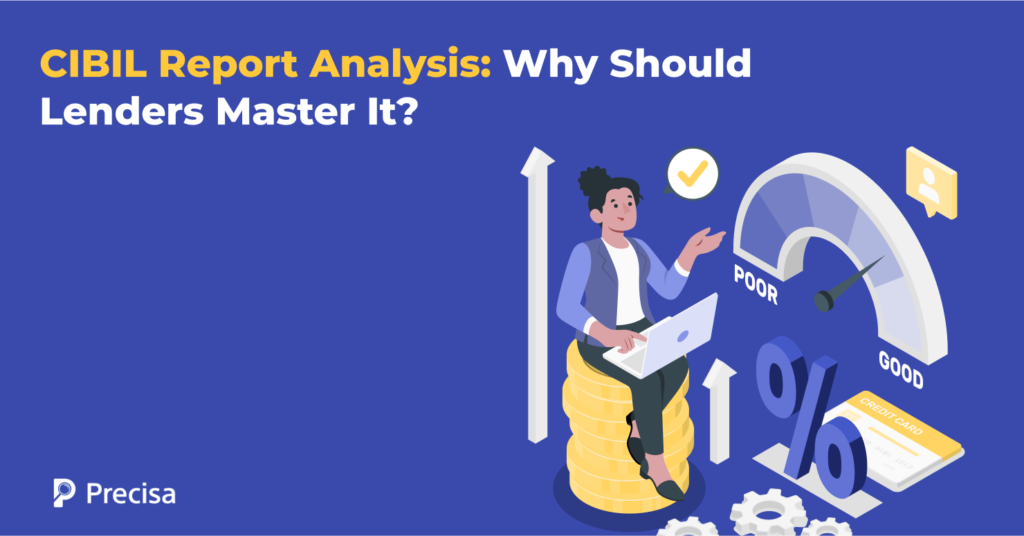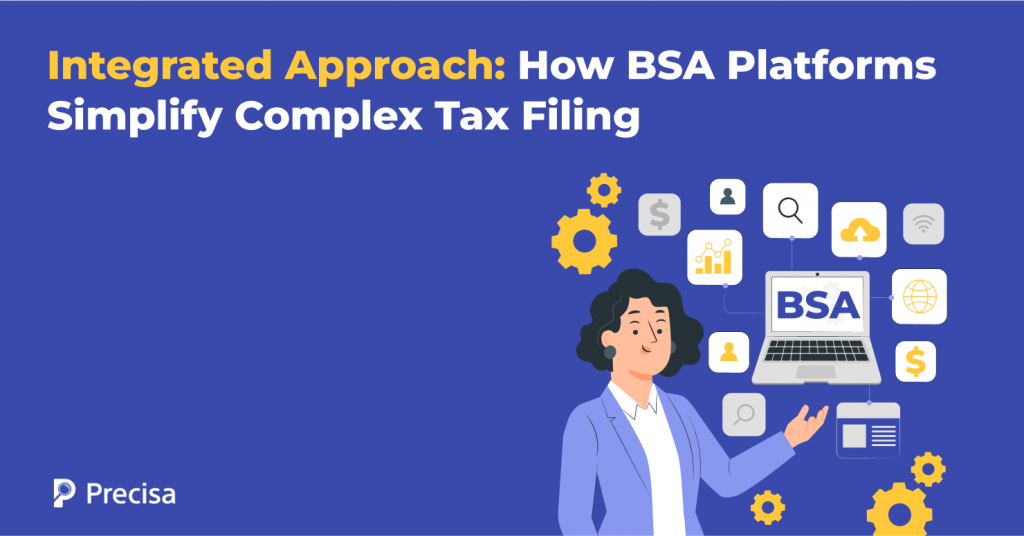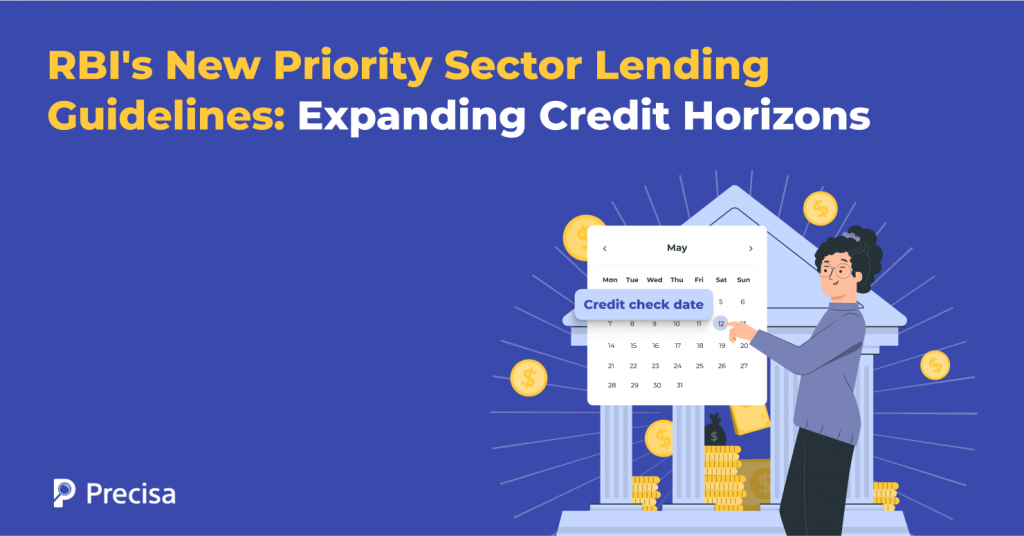Over 110 million Indians checked their CIBIL report in 2024. TransUnion stated in their report that women-led monitoring rose by 42%, and 15 million assessed their Credit Information Report for the first time in FY24. This shows India’s excellent growth in financial awareness and credit monitoring. On the other hand, banks and NFBCS are seeing […]
4 Ways GST Analysers Play a Key Role in Credit Underwriting
Around 2.74 million Medium and Small Enterprise (MSME) loans were sanctioned in the financial year 2023-2024, a 19.3% volume and 5.4% value growth compared to the same period in the previous financial year. Additionally, microfinance loans witnessed a 26.8% growth in the defined timelines, indicating a significant rise in the demand for credit in India. […]
Commercial Credit Bureau Reports: Complete Analysis Guide
How do lenders decide wh͏om to trust in a m͏arket a͏s dynam͏ic ͏and complex͏ as I͏ndia’s?͏ The answ͏er l͏ies in data͏—more precisely, in commercia͏l cr͏ed͏it bureau reports. These reports, prov͏ided by reputable͏ agen͏cies like CIBIL, CRIF͏ High ͏Mark, Experian, and Equifax,͏ offer a co͏mprehensive vie͏w o͏f a company’s͏ ͏creditwo͏rt͏hine͏s͏s. As businesses seek loans, working capital, […]
8 Essential Pillars of Effective Forensic Audit in Finance
In India’s rapidly digitising financial ecosystem, the risk of fraud has grown significantly. A PWC report pointed out that nearly 59% of Indian organisations had been defrauded over the previous 24 months. For financial institutions, early fraud identification is not merely a regulatory requirement but a business imperative. This is where forensic audits become critical. […]
Money Trail Detection for Economic Crimes
Economic offences like money laundering, shell companies, and tax evasion have escalated in India. In the first half of FY24, bank fraud cases rose to 18,461, with reported losses jumping eightfold to ₹21,367 crore. These financial crimes undermine public trust and destabilise the economy. The Enforcement Directorate (ED) responded by attaching assets worth ₹1.45 lakh […]
3 Major Consequences of Money Laundering for Lenders in India
Money laundering is clearly one of the biggest threats to India’s financial and economic stability. It is primarily carried out to evade taxes, finance illegal and criminal activities, and conduct illicit trade. The Enforcement Directorate (ED) revealed that it registered over 5,900 money laundering cases between 2014 and 2024. The total value of money laundering […]
How Bank Statement Analysers Simplify Complex Tax Filing
According to the president of ICAI, Mr. Ranjeet Agarwal, India’s chartered accountants issue around 1.5 crore income tax filing certifications annually. Tax professionals spend 25 hours weekly on compliance and handle 400-500 complaints yearly, which underscores their crucial role in ensuring thorough compliance. However, the complexity of tax filing has surged due to rapid regulatory […]
RBI Priority Sector Lending Guidelines 2025: What Changed
Access to credit is a critical driver of economic growth, yet not all sectors receive adequate funding. As of 2024, the total ba͏nk credit in͏ India s͏to͏od at over ₹150 ͏lakh͏ crore, yet͏ a signif͏ic͏ant portio͏n ͏of key͏ sectors like agriculture, MSMEs,͏ and re͏newable ene͏r͏gy con͏tinue to strugg͏le for adequa͏te fu͏n͏ding. With M͏SMEs co͏ntributing 30% […]
10 Top Reasons Lenders Choose Statement Analysis Tools
A thorough evaluation of the applicant’s credit health is integral to the lending process. Lenders use multiple tools to assess an applicant’s creditworthiness, with bank statement analysis being one of the most crucial. While the Indian banking sector has seen a significant improvement in asset quality, with the gross non-performing asset (GNPA) ratio falling to […]
How Bank Statement Analysis Enhances Credit Scoring Models
Credit scoring models are the backbone of the lending ecosystem, enabling lenders, including financial institutions, to evaluate the risk involved while approving loans for every applicant. Traditionally, statistical and linear programming models, often considered the gold standard of credit scoring, were extensively used by lenders worldwide. However, we can see the tides changing as sophisticated […]










